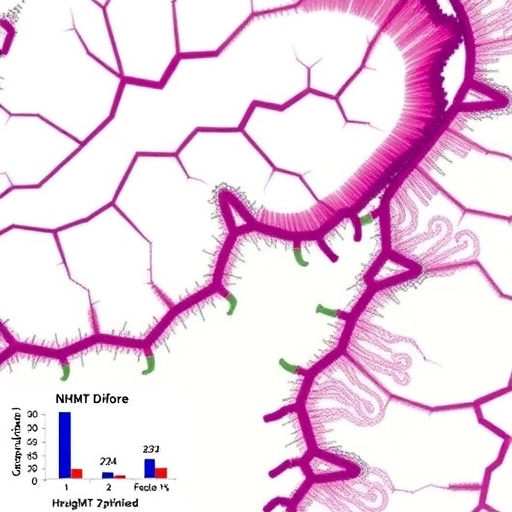Researchers push for FDA regulation and warn consumers about the dangers associated with its use
(COLUMBUS, Ohio) – In recent years, kratom has become popular as a treatment for chronic or acute pain as well as mood conditions such as depression and anxiety. It is also often used to help with opioid withdrawal. While there is a perception that kratom is safe because it is classified as an herbal supplement, a variety of serious medical outcomes as well as 11 deaths have occurred following kratom use. A new study conducted by the Center for Injury Research and Policy and the Central Ohio Poison Center at Nationwide Children’s Hospital found that there were more than 1,800 calls to U.S. Poison Control Centers regarding exposures to kratom from January 2011 through December 2017. The annual number of calls increased dramatically, going from 13 calls in 2011 to 682 calls in 2017. That is the equivalent of going from about one call a month to two calls a day. Almost two-thirds (65%) of these exposures occurred from 2016 through 2017- the two most recent years of the study.
The study, published online today in the journal Clinical Toxicology, found that most exposures occurred among males (71%), age 20 years and older (89%), at a residence (86%), and were intentional abuse or misuse (60%), suspected suicide (9%), or adverse reaction (8%). Exposure rates were highest in Idaho and Oregon and lowest in Delaware and Wisconsin.
Overall, nearly one third (32%) of the calls resulted in admission to a healthcare facility and more than half (52%) resulted in serious medical outcomes, especially among teenagers and adults. Taking kratom with another substance increased the odds of admission to a health care facility (OR 2.80) and of having a serious medical outcome (OR 2.25). The medical effects noted in this study ranged from tachycardia (rapid heartbeat), agitation/irritability, and hypertension (high blood pressure) to seizures, coma (loss of consciousness), increased bilirubin, renal (kidney) failure, and death.
“Kratom use has been associated with a variety of serious medical outcomes, from seizures and coma in adults to severe withdrawal syndrome in newborns,” said Henry Spiller, MS, DABAT, co-author of this study and director of the Central Ohio Poison Center at Nationwide Children’s Hospital. “Individuals who choose to use kratom need to be aware of the potential risks. Just because it is currently classified as an herbal supplement does not mean it is regulated or that it is safe.”
Kratom is listed by the Drug Enforcement Administration (DEA) as a “drug of concern” and has not been approved for any medical use by the Food and Drug Administration (FDA). Because it is not currently regulated, product quality, purity, and concentration varies dramatically. The researchers are calling for FDA regulation to ensure product uniformity.
Among the 48 kratom exposures that involved children age 12 years and younger, 69% were children younger than two years, including seven newborns, five of whom were experiencing withdrawal.
“As physicians, we need to educate pregnant women on the risks of kratom use during pregnancy and while breastfeeding,” said Spiller.
Data for this study were obtained from the National Poison Data System, which is maintained by the American Association of Poison Control Centers (AAPCC). The AAPCC receives data about calls to poison control centers that serve the U.S. and its territories. Poison control centers receive phone calls through the Poison Help Line and document information about the product, route of exposure, individual exposed, exposure scenario, and other data.
###
The Central Ohio Poison Center provides state-of-the-art poison prevention, assessment and treatment to residents in 64 of Ohio’s 88 counties. The center services are available to the public, medical professionals, industry, and human service agencies. The Poison Center handles more than 42,000 poison exposure calls annually, and confidential, free emergency poisoning treatment advice is available 24/7. To learn more about the Poison Center, visit http://www.
The Center for Injury Research and Policy (CIRP) of The Research Institute at Nationwide Children’s Hospital works globally to reduce injury-related pediatric death and disabilities. With innovative research at its core, CIRP works to continually improve the scientific understanding of the epidemiology, biomechanics, prevention, acute treatment, and rehabilitation of injuries. CIRP serves as a pioneer by translating cutting edge injury research into education, policy, and advances in clinical care. For related injury prevention materials or to learn more about CIRP, visit http://www.
Media Contact
Danielle Warner
[email protected]
614-355-0492
http://dx.




